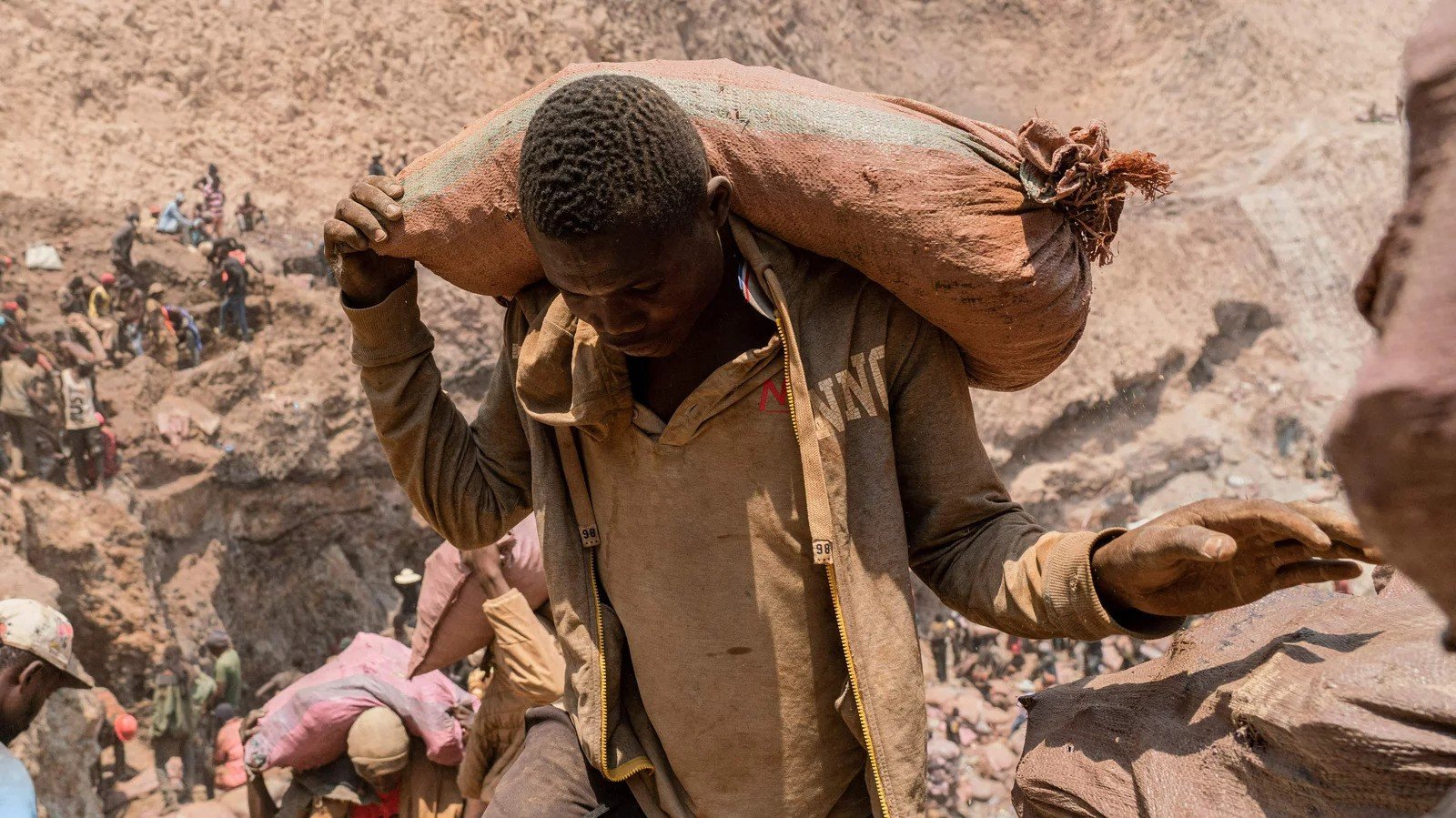Charged Costs:
The True Price of Building Electric Vehicles
The Takeover
Electric Vehicles have been gradually taking over the automotive industry as they claim the moral high ground through their environmentally friendly systems of transportation. However, as electric vehicles (EV’s) have become known for their efforts to reduce carbon emissions, there is a hidden reality behind the production and sustainability of these vehicles.
Contact Me
Gilb0700@umn.edu
The Materials
Lithium
Lithium mining entails significant amounts of water and energy usage. This can lead to both water and land pollution as sulfuric acid and sodium hydroxide contaminate the soil and water. Between the usage of water and its contamination, lithium mining leaves many communities and ecosystems parched.
Cobalt
The process of cobalt mining is surprisingly complex as there are various methods of extracting this resource. One option is open-pit mining which consists of removing large amounts of surface area to access the ore. This causes alterations to the landscape and disrupts various ecosystems. On the other hand, the ore can be accessed through underground mining. However, this requires larger amounts of energy consumption and can result in underground water contamination. Additionally, artisanal mining results in inhumane mining conditions.
Mining process similar to cobalt that leads to water and land pollution. It also releases toxic chemicals harming biological organisms.
Manganese
Graphite
Mined through open-pit and underground mining techniques. This disrupts ecosystems and causes air pollution as its chemical heavy processing techniques can pollute water.
Nickel
Two types of mining consisting of laterite nickel mining and sulfide mining. Laterite mining involves strip mining or open-pit mining that causes soil erosion and deforestation while sulfide mining can cause acid mine drainage and water contamination.
These mining practices are energy intensive and often require fossil fuels. This results in the very carbon emissions EV companies claim to erase.
The Horrors of Cobalt Mining in the Congo:
Cobalt mining is the most prominent example of human rights concerns within the EV-incentivized mining industry. According to Victoria Beaule from ABC News, about 70% of the world's cobalt comes from the Democratic Republic of the Congo (DRC). Due to its demand, the mining of this material in the DRC raises many issues regarding child labor and labor exploitation; many consider it slavery. The U.S. Department of Labor estimates that at least 25,000 children are working in these cobalt mines. Additionally, due to the underdeveloped nation, it is easy to put these people (tens of thousands of people) in a pit and pay them a couple of dollars a day. This mining is typically done through unsafe artisanal mining. Since these mines are so profit-driven, they are also often rushed and lack structural support, leaving many horror stories of amputation and death.
An artisanal miner carries a sack of ore at the Shabara artisanal mine near Kolwezi, DRC, on Oct. 12, 2022.
Junior Kannah /AFP via Getty Images
“I could either watch it happen or be a part of it.”
– Elon Musk
